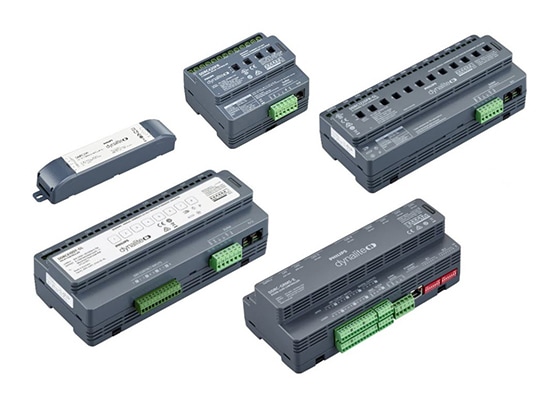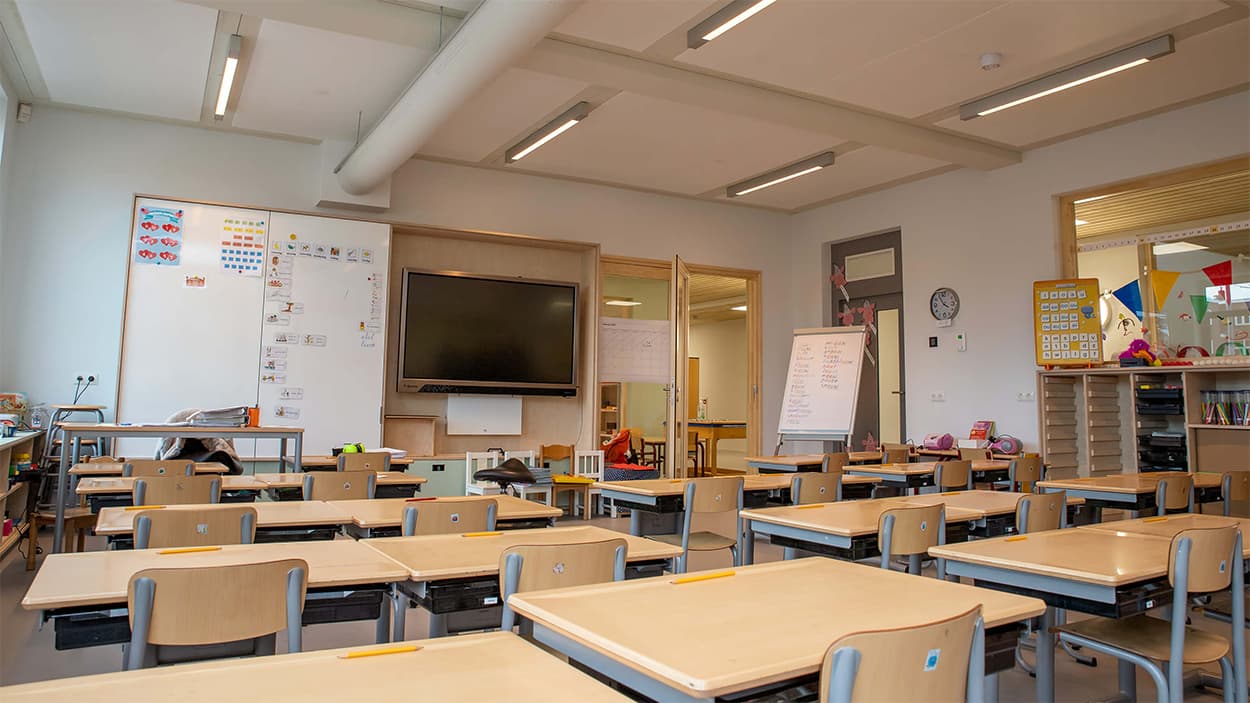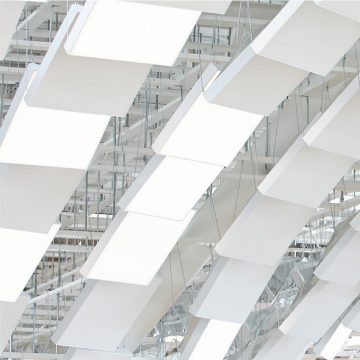Powerful
Advanced configuration features and open standard support for lighting, HVAC and more, allows you to achieve your complete design vision.


Advanced configuration features and open standard support for lighting, HVAC and more, allows you to achieve your complete design vision.

From a small standalone space, to a sprawling campus or a multi thousand room tower, Dynalite's ultra scalable platform can deliver.

Tackle the unique challenges of each space with support for wired and wireless lighting and devices on a single, unified system.

Securely access data about your lighting control system and connected third party systems such as BMS. Keep your data on-premise, or access it remotely.
Mix and match any combination of our modular controllers to match your project needs.
The Dynalite system supports all lighting standards including DALI2, 0-10v, Phase, PWM and DMX. With vendor agnostic support, you have the flexibility to always use the right luminaire in the right place.
Use our drapery and HVAC controllers to create seamlessly unified complete space control, with scenes that transform a full space in a single tap or schedule.



Lighting Management
We enable users to create different lighting scenes to suit a variety of tasks and occasions, schedule those scenes to occur automatically or via a manual trigger, sort luminaires into functional groups and then reassign those luminaires to different areas as the needs of a space change, and much more.

Energy Management
A selection of tools such as daylight harvesting, occupancy detection, dimming, and scheduling work in unison to eliminate unnecessary power usage and support our customers’ sustainability objectives without compromising occupant comfort.

Regulatory Compliance
Dynalite products are designed and tested for compliance to a range of international regulatory standards. These include but are not limited to RCM, CE, UL/cUL, UKCA, and China RoHS. Users may also monitor, manage, and run scheduled testing on their emergency lighting system with our head-end software, System Manager.

Integrated Operation
The Dynalite system seamlessly integrates with a range of third-party systems to optimise building efficiency and enhance occupant comfort.

Occupancy Comfort
Bespoke lighting scenes create ambiance and enhance performance of the task at hand. Lighting levels can adapt dynamically to suit the time of day and support circadian health.

Environmental Monitoring
A selection of motion sensors, environmental sensors, user interfaces, and dry-contact input devices provide valuable insights that can be used to finetune a building’s energy management strategy and more.

The Ritz-Carlton, Melbourne

Venlo, Netherlands
